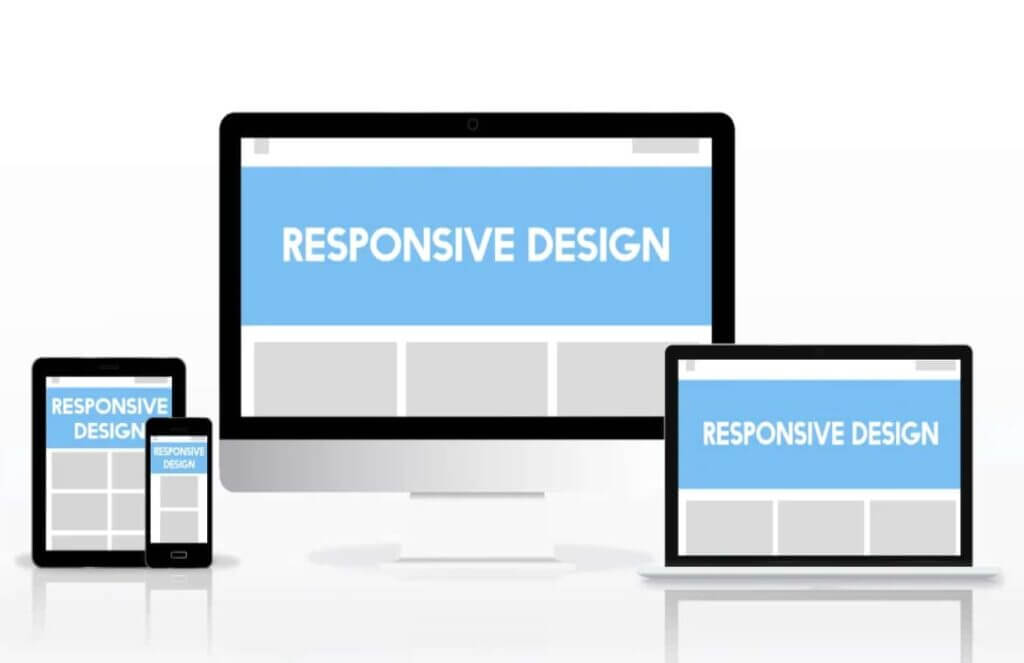- By Admin
- 9th January, 2024
How to Set Effective Responsive Website Breakpoints for Seamless User Experience
It’s important to design websites that work across every type of device which guarantees a unified and intuitive user experience on PCs, tablets, and smartphones. Developing useful breakpoints is essential to achieving this. responsive design and learn the most effective techniques for creating breakpoints that improve user experience.
Understanding Responsive Design
More than just an expression, responsive design is an essential principle of web development. Responsive design, which prioritizes mobile devices, attempts to create websites that adapt to the user’s device automatically. Media queries, fluid graphics, and flexible grids are important elements.
Significance of Breakpoints
The breakpoints are used as code markers on websites, indicating when layout changes to accommodate various screen sizes. Their role is essential in guaranteeing that your content appears visually appealing and works perfectly on both desktop monitors and smartphones the size of a pocket.
Factors Influencing Breakpoint Decisions
The best breakpoints are determined by several factors. Important factors to take into consideration include the variety of devices available on the market, user behavior analysis, and adherence to industry standards. Making an informed choice about breakpoints has the power to make or break the user experience.
Best Practices for Setting Breakpoints
Identifying useful breakpoints calls for going through a content analysis of your website. Check extensively across a range of devices to determine which breakpoints offer the best user experience. Making good use of media queries guarantees a seamless transition between layouts.
Common Mistakes to Avoid
Common mistakes include setting too few breakpoints and ignoring screen size variations. ignoring the distinctions between landscape and portrait orientations can also result in a poor user experience.
Common Mistakes to Avoid
Common mistakes include setting too few breakpoints and ignoring screen size variations. ignoring the distinctions between landscape and portrait orientations can also result in a poor user experience.
Tools for Testing Breakpoints
You can test the breakpoints on your website with several different tools. Making use of these resources which range from extensive testing suites to browser-based tools is essential to producing a responsive design that appeals to a wide range of users.
User Experience Considerations
Effective breakpoints must prioritize ensuring seamless navigation and maximizing performance across devices. An experience that is easy to use leads to increased satisfaction and engagement.
The Impact of SEO on Responsive Design
Responsive design and search engine optimization (SEO) go hand in hand. A responsive website improves SEO rankings, as mobile-first indexing becomes the standard. Making a mobile-friendly user experience a priority is now important to online visibility.
Conclusion
To sum up, responsive design depends strongly on effective breakpoints. By being aware of the significance of breakpoints, considering user behavior, and maintaining
 ENG
ENG
 Español
Español


